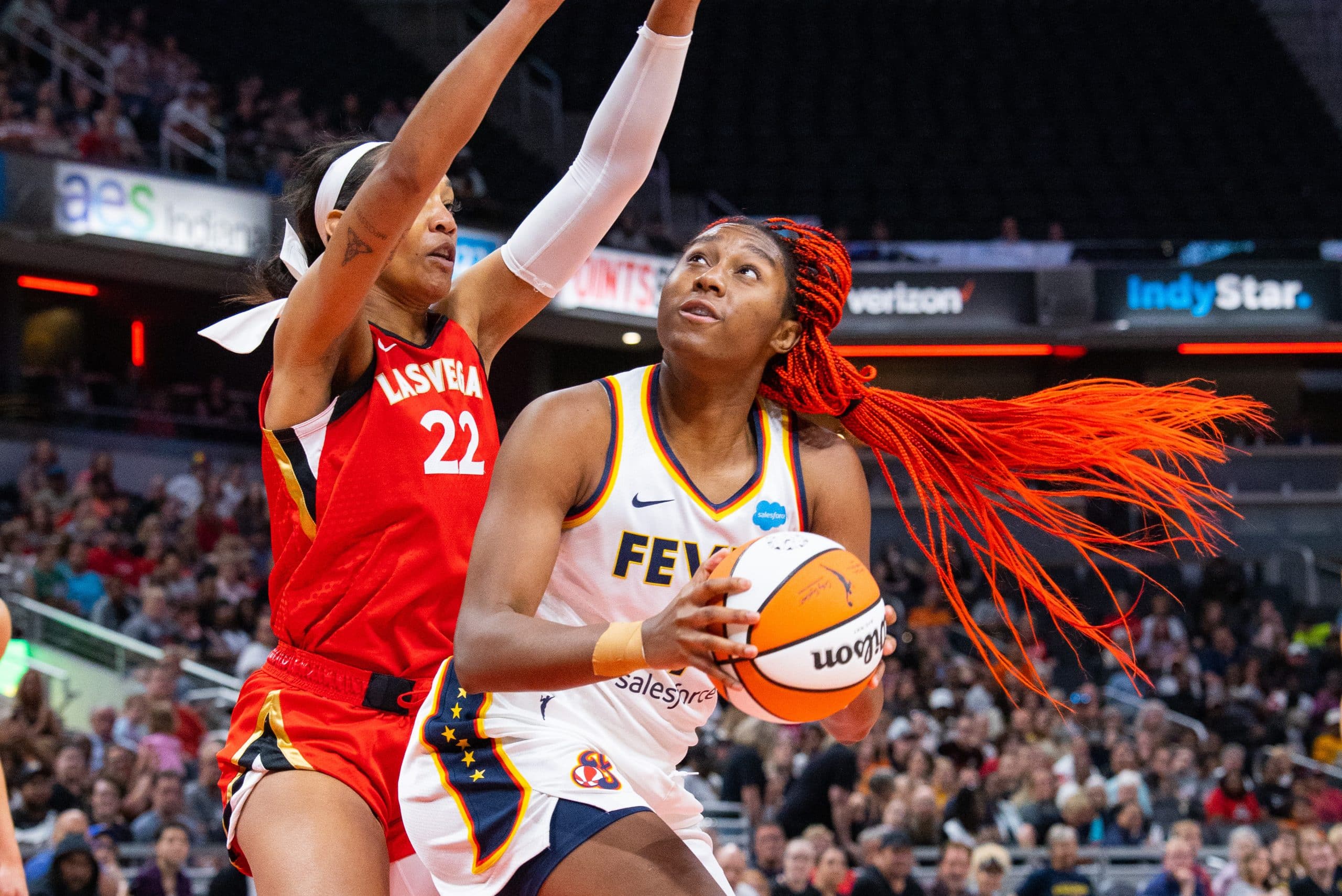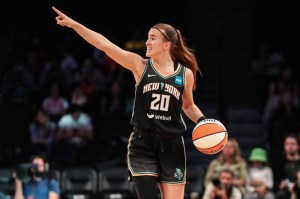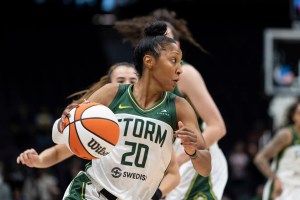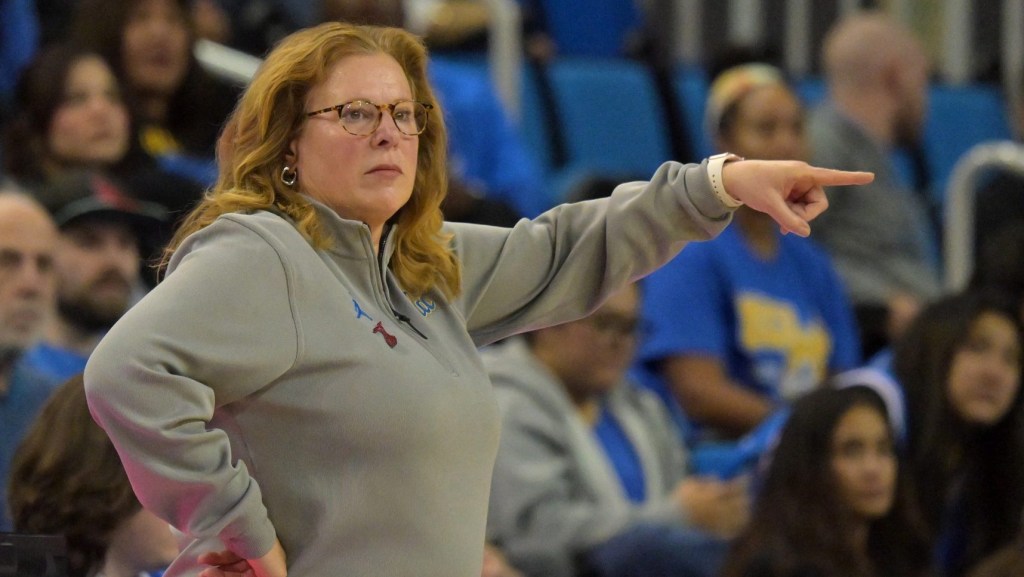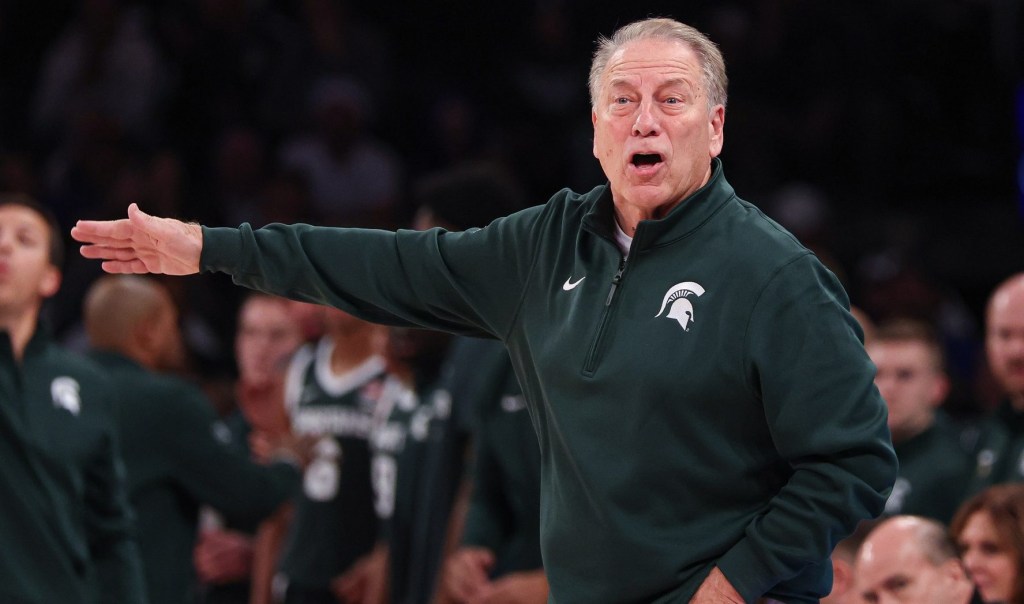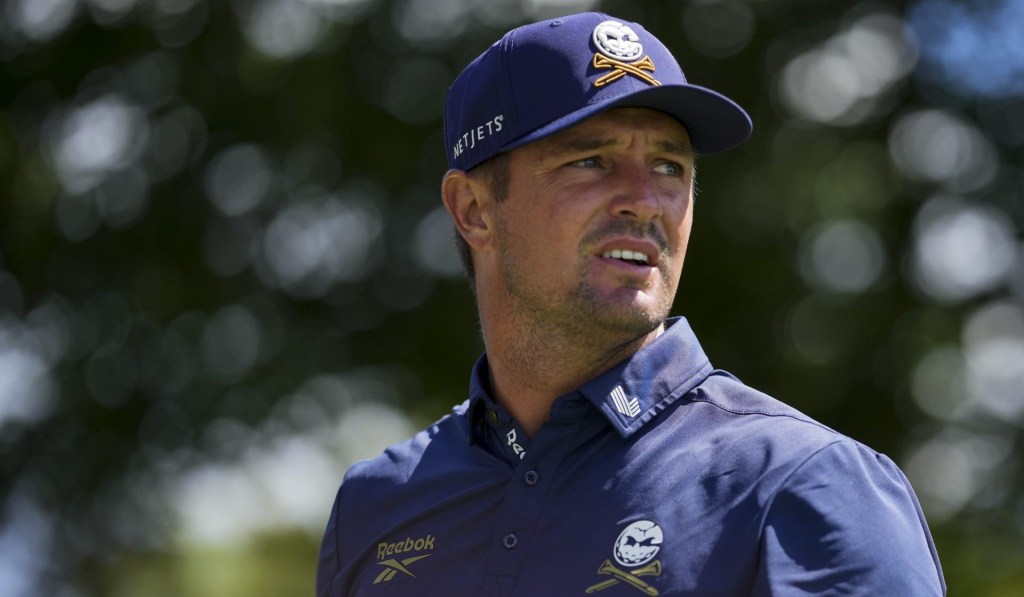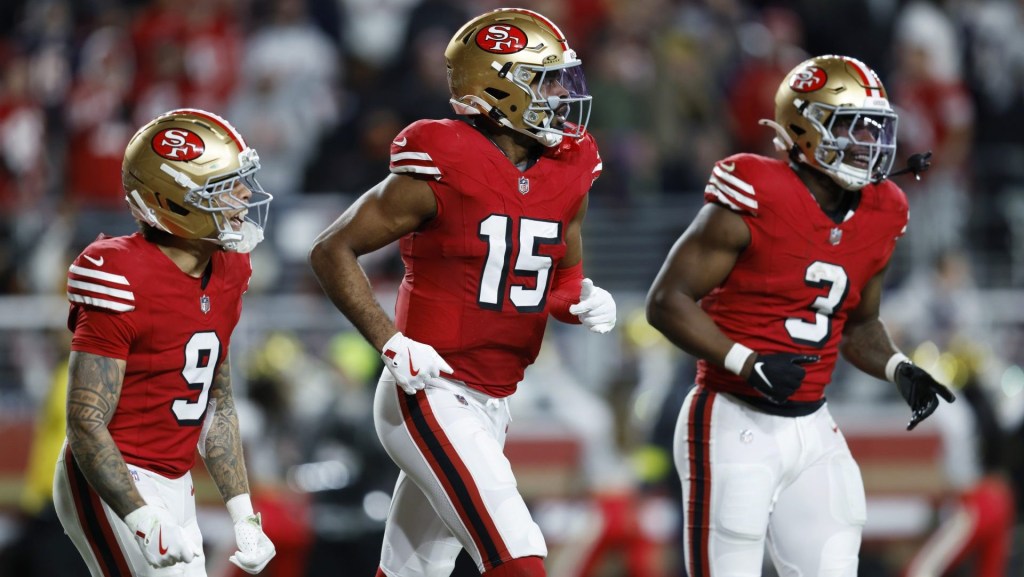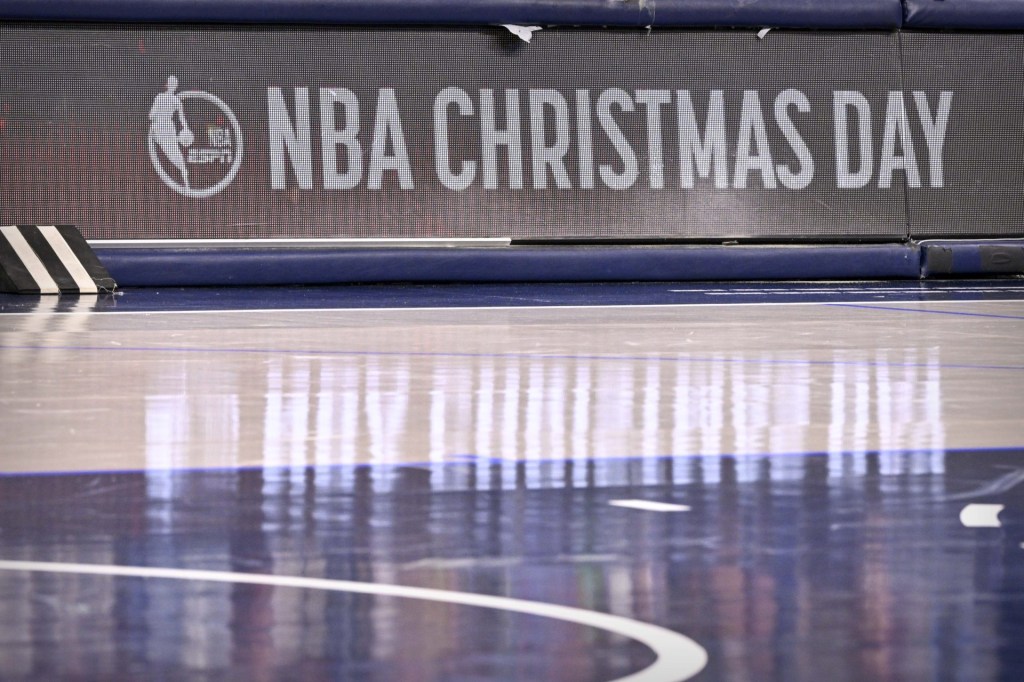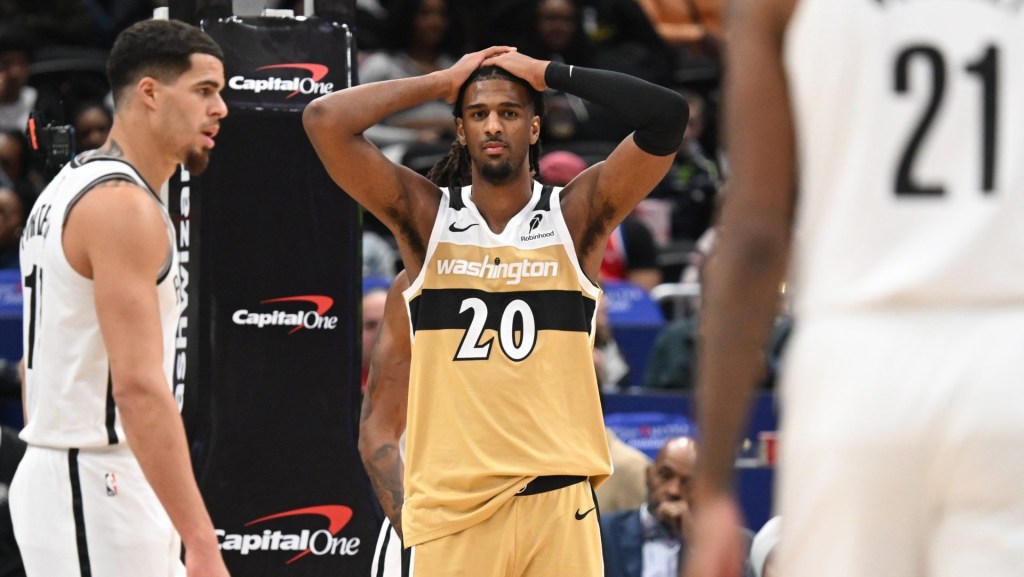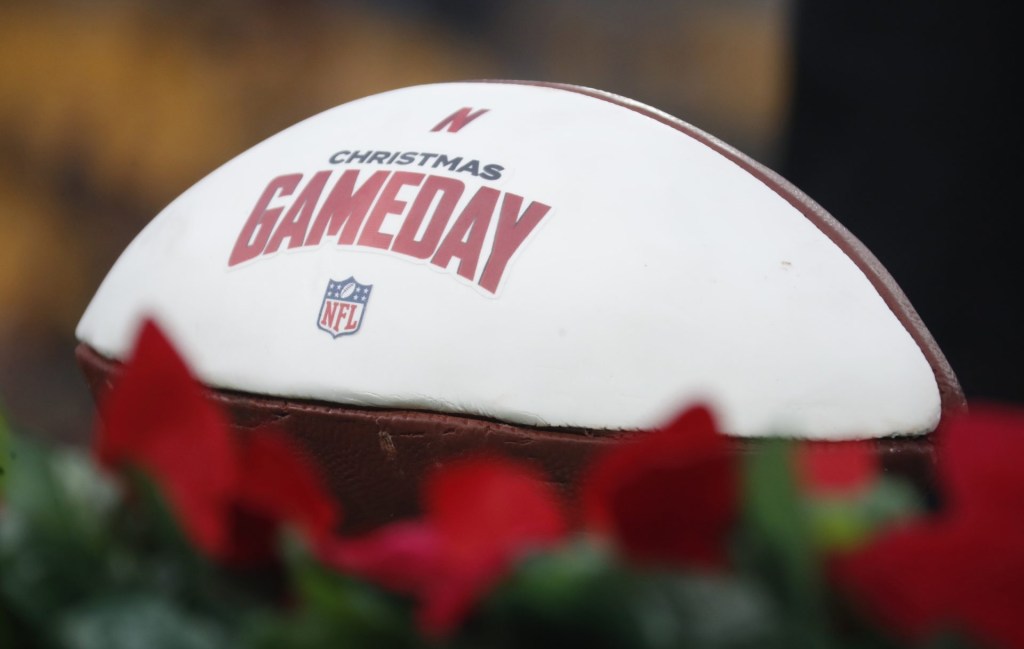LAS VEGAS – New York Liberty star Sabrina Ionescu’s historic performance in the WNBA All-Star three-point contest set the tone for the weekend’s festivities.
On Friday afternoon, Ionescu could not miss, making 20 shots in a row and missing only twice en route to a record-setting 37 points in the championship round. The performance was a record for a WNBA or NBA contest.
The sharp-shooting showcase symbolized the league’s high-performing first half of the season, sparked by record viewership, arena sell-outs, multi-year partnerships, and sponsorships.
The WNBA has seen progress in its 27th season. However, the league still faces several challenges as it celebrates during its All-Star Weekend, culminating in the home of the defending champion Aces on Saturday night.
“The All-Star Game definitely contributes just to the overall general excitement about women’s basketball,” said Satou Sabally of the Dallas Wings, who is participating in her second All-Star Game and her first as a starter. “It shows that women’s basketball is fun and exciting to watch, and future partnerships and marketing opportunities definitely arrive from that as well.
“Fan engagement is obviously huge, and I saw some numbers posted that it’s up to like 46 percent this year from the previous year. That’s amazing.”
In addition to the fun, games, and parties, the participants used their time with the media to spotlight many ongoing initiatives and challenges within the league, including charter flights, safety and protection of players, privatization, and the emergence of world-class training facilities.
Turbulent travel a problem
The issue of WNBA travel jumped back into the spotlight last month when Phoenix Mercury star Brittney Griner and teammates were harassed at Dallas/Fort Worth International Airport after playing a pair of games in Texas against the Dallas Wings.
Just last week, the Seattle Storm suddenly had to change travel plans on Sunday and take a bus and a four-hour drive from New York to Washington, D.C., due to thunderstorms in the region, which canceled their flight.
It’s an ongoing issue that the league must figure out sooner rather than later. At the beginning of the season, Commissioner Cathy Engelbert announced the league would use charter flights for WNBA Finals games. The league cited financial hardships in not allowing teams to fly charter throughout the season. The league said the flying charter would take about $2 million per season.
As a result, the league has always traveled mostly via commercial flights, which are paid for by the individual franchises during the regular season. Then teams are reimbursed during the playoffs.
When asked if the league was any closer to resolving their travel woes, Kelsey Plum, first vice president of the WNBA Players Union, said: “I think we will see how close we are with this upcoming 2025 CBA (Collective Bargaining Agreement). A lot of the time, we can talk publicly about how we want these charter flights and these organizations to support player safety and player health, but then, at the end of the day, these owners are the ones who vote on these things.
“If we don’t have a majority, it’s not going to happen. So we can keep talking until we’re blue in the face, but some of these actions have to get done behind the scenes, and it takes time. I understand that, but it doesn’t mean we stop pushing the issue.”
Something new to the league this year is an extended schedule with teams playing 40 games.
This is both a blessing and a challenge, believes Nneka Ogwumike, president of the Players Union.
“More games means more games on television. As a player, more games also means more travel, and I feel this 40-game season, especially with the commercial travel,” she said. “Now you know there have been changes made where we have charter flights on back-to-backs; I don’t think that it’s equitable for what we are being asked to do, especially in a 40-game season. This season you can feel it; it’s different in a good way. There’s a lot of fervor and energy and excitement around the W, but I still think there is a ways to go.”
Of all the issues facing the WNBA, for reigning league MVP A’ja Wilson, travel is the most important.
“I’m bougie. I really am and I also think that we deserve it. It’s really hard out here for us and at the same time my biggest thing is protection as a player,” she said. “That situation at the airport with BG should have never happened. We have situations where I just wanna go grab food, and we’re somewhere where it’s not the best, and I can’t even do that, so I think the security and protection of the players (while traveling) is a big situation.
“We need security; we are women. We need people by us; we can’t just walk around and think everything is okay,” Wilson continued. “So protecting the players, security for the players, and obviously the charter flights is what is most important.”
Wilson also added that the “elephant” in the room had been the salary cap, and it also needs addressing. “That’s something we have to go back to the drawing board and figure out how we can get people paid.”
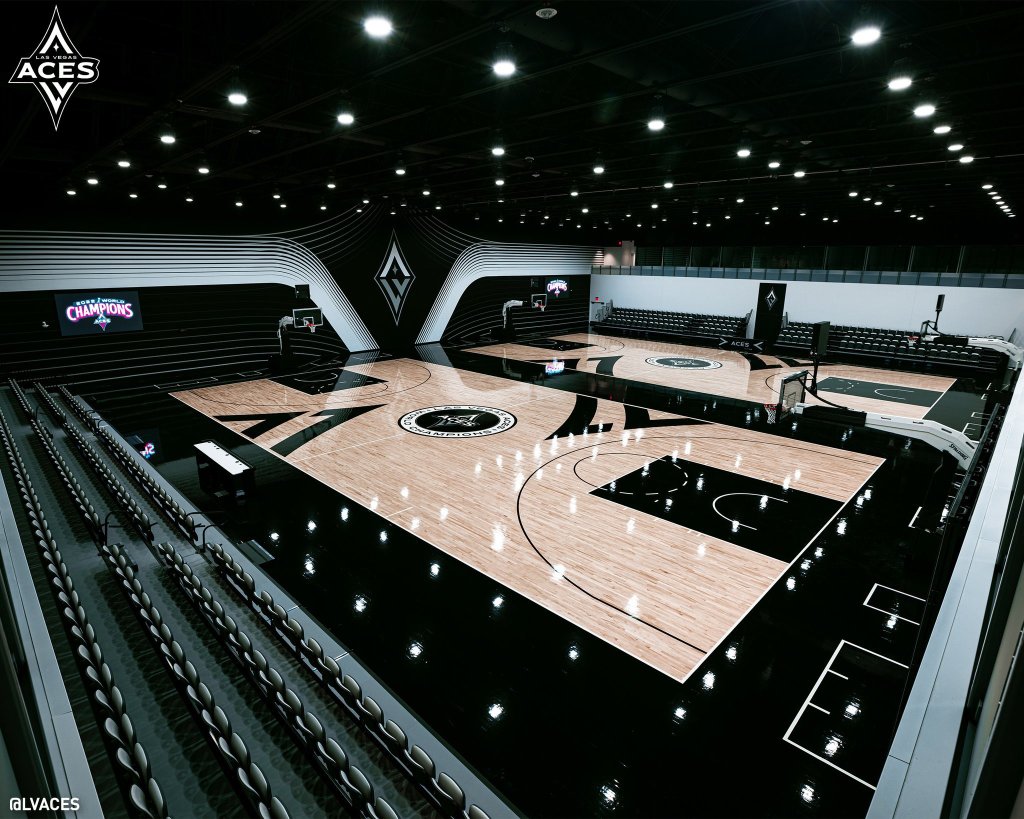
Facilities Arms Race
A new issue within the WNBA is the emergence of team training and practice facilities.
Earlier this year, the Aces opened a first-of-its-kind headquarters and practice facility in Henderson, Nevada. That was followed by the Seattle Storm’s groundbreaking of its Seattle Storm Center for Basketball Performance.
It’s a big thing, says Plum, and is essential for many reasons.
“For the Aces, you’ve seen the product it (training facility) creates. That has a lot to do with it. We are able to train and get all of our recovery and rehab, everything really, in one place. That’s really important.
“On top of that, it shouldn’t be a luxury; it should be a staple that all organizations have. We’re in professional sports.”
Added her teammate Wilson: “You never know how important they are until you have it honestly. I understand this now; I understand why the NBA guys are the way they are. Everything (in their team facility) is at their fingertips, and that’s how it should be as professional athletes.”
Many teams share facilities with other teams and organizations, including the Dallas Wings, who share the College Park Center on the University of Texas at Arlington campus with the college’s basketball teams.
“Facilities are really important,” said Arike Ogunbowale of the Dallas Wings. “Throughout the season, it’s key that you have your own personal space. It’s a lot that comes with being a professional athlete and just having the access to that then in the offseason, having somewhere you can call home and work out is big,” said Ogunbowale, who agrees that team training facilities help with free agents.
“Whenever you’re free to choose where you want to go (as a player), it’s important to see that you (may) have a lot of accessibility to things.”
Sabally of the Wings, also vice president of the Players Union, believes accessing additional resources is key for players.
“We play at College Park Center, so we share our arena with a college team, and that shouldn’t be the standard. We know the league is growing, and it is improving, but facilities are definitely something that is nice and should be a standard in the pros,” she said.
The issue of training facilities, said Ogwumike, who plays for the Los Angeles Sparks, comes down to professionalism.
“We’re professional athletes, so we want to be able to feel like professionals and play like professionals,” Ogwumike said. “I love to see teams making that investment (in facilities for their teams), and I hope that it becomes standard across the board. That’s symbolic of your organization.
“You see a lot of players who see success when they have the resources because that is necessary to play at a high level,” she continued. “Of course, for teams to show the incentive of playing and working on a team that has a facility well, the professionalism helps with free agency. It’s not rocket science in the NBA, but because it (specific team training facilities) doesn’t exist across the board in the WNBA, it feels like it IS rocket science, and I’m hoping that these things will change.”
A financial incentive
Once the season resumes, fans will eagerly anticipate the Commissioner’s Cup matchup between the Aces and the Liberty. The third annual Commissioner’s Cup Championship will occur on Aug. 15th in Las Vegas.
The annual in-season competition throughout the regular season, instituted as an additional means of compensating players – has teams competing for a prize pool of $500,000 in the Championship Game for the players and an additional pool of money – at least $165,000 – for charitable and civic organizations. This year’s list includes many women’s reproductive and health non-profits that each team has chosen to support through their Cup play.
Seattle Storm guard Jewell Loyd acknowledges the growth and evolution of the WNBA and believes the best is yet to come.
“There’s a lot more viewership, more talent, the game is faster, better, stronger, quicker, players are committed to growing the game, being a professional, committed to themselves, and that’s what you want to see,” said Loyd who is playing in her fifth All-Star Game, second as a starter. “As a sports league, you want to see growth throughout the league and not at a standstill.”
